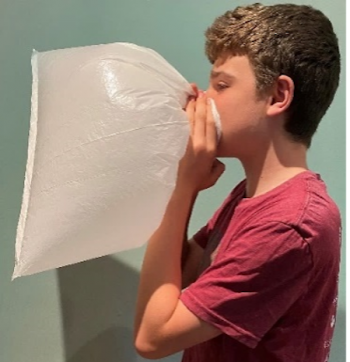
This minds-on, hands-on activity begins with an anchoring phenomenon, how a person’s breathing changes when he/she is re-breathing the air in a plastic bag. Students develop a negative feedback model of how the changes in breathing stabilize blood levels of O2 and CO2. To understand changes in breathing when running, students analyze cellular respiration.
Next, students use a negative feedback model to understand temperature regulation and homeostasis. Then, students analyze how failures of negative feedback can result in diabetes. Finally, students compare and contrast positive and negative feedback.
The Appendix for the Teacher Preparation Notes suggests an optional activity in which each student group investigates a question or hypothesis concerning negative feedback, homeostasis and changes in breathing.

Download Student Handout: PDF format or Word format
Download Teacher Preparation Notes: PDF format or Word format

 © Serendip® 1994 - All rights reserved. Privacy Policy
© Serendip® 1994 - All rights reserved. Privacy Policy
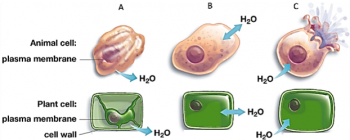 In this hands-on, minds-on activity, students investigate the effects of hypotonic and hypertonic solutions on eggs that have had their shells removed. As students interpret their results, they develop a basic understanding of the process of osmosis. As they answer additional analysis and discussion questions, students learn about the effects of osmosis on animal and plant cells and apply their understanding of osmosis to the interpretation of several “real-world” phenomena.
In this hands-on, minds-on activity, students investigate the effects of hypotonic and hypertonic solutions on eggs that have had their shells removed. As students interpret their results, they develop a basic understanding of the process of osmosis. As they answer additional analysis and discussion questions, students learn about the effects of osmosis on animal and plant cells and apply their understanding of osmosis to the interpretation of several “real-world” phenomena. 

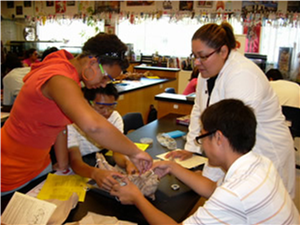
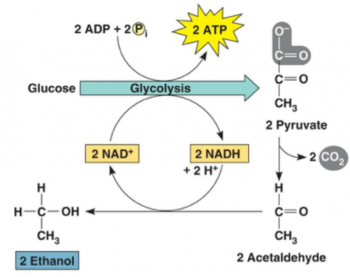
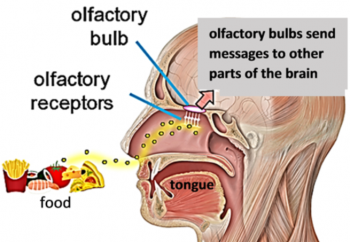 In this minds-on, hands-on activity, students develop science practice skills by developing plans for a hands-on investigation, carrying out the investigation, analyzing the data, and interpreting the results.
In this minds-on, hands-on activity, students develop science practice skills by developing plans for a hands-on investigation, carrying out the investigation, analyzing the data, and interpreting the results.







